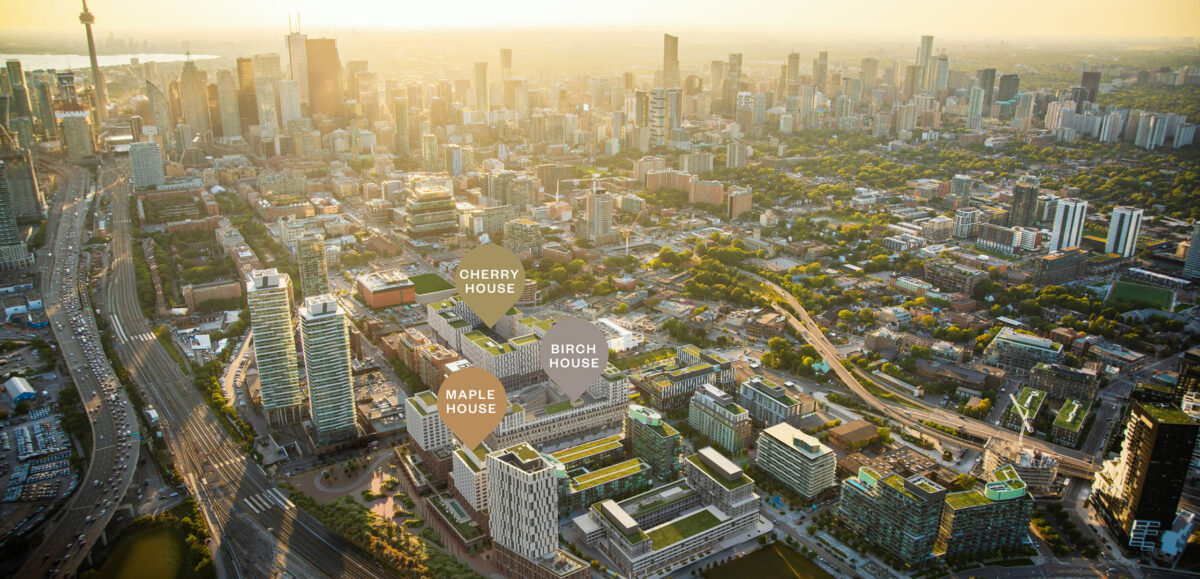rdaner
Senior Member
Taken 30 November.



The area from Yonge to the Don, King to the Lake has an existing and planned stock of over 25k individual units- that's not accounting for projects not yet announced on the silo lands, around the hybrid (Provincially run) Gardiner East, Villiers Island, the Foundry, as well as the car dealership on Front, the former book depository land at the corner of Parliament, and the heritage building at Trinity and Mill.I can't believe I'm saying this, but given the location and the city's population projections, are we building with enough density here? I was thinking keep the block corners as is, and add a couple of mid block point towers along the streets. Thoughts?
Edit: Nothing too tall but let's consider the site is adjacent to the Cherry street car line, and will be less than a 10 minute walk to the future Corktown subway station.
I can't believe I'm saying this, but given the location and the city's population projections, are we building with enough density here? I was thinking keep the block corners as is, and add a couple of mid block point towers along the streets. Thoughts?
Edit: Nothing too tall but let's consider the site is adjacent to the Cherry street car line, and will be less than a 10 minute walk to the future Corktown subway station.
I think they have realized the area isn't dense enough to support the kind of retail and services that people imagined for this area.
Fortunately it looks like they're evolving the original plan and including more density.
How are we compared to Regent Park? They obviously had enough to warrant sports fields and an aquatic centre and a FreshCo.This area is more than 50% denser than St. Jamestown as proposed; it will among the densest communities anywhere.
How are we compared to Regent Park? They obviously had enough to warrant sports fields and an aquatic centre and a FreshCo.
That’s something I wish I understood more about retail numbers. The Foot Locker in Canary was not a great idea at the time. Tori’s Bakeshop may have worked, but I think they had other issues. Gears made sense but they found a better space up the street. The Original Fresh n Wild in the Distillery feels like it should have worked in some effect even when it was four condo area (nothing else was here), but that didn’t happen. The one business/location that baffles me is Long & McQuade, who’s been at Front/Eastern/Trinity for awhile now and fine.I think they have realized the area isn't dense enough to support the kind of retail and services that people imagined for this area. Fortunately it looks like they're evolving the original plan and including more density.